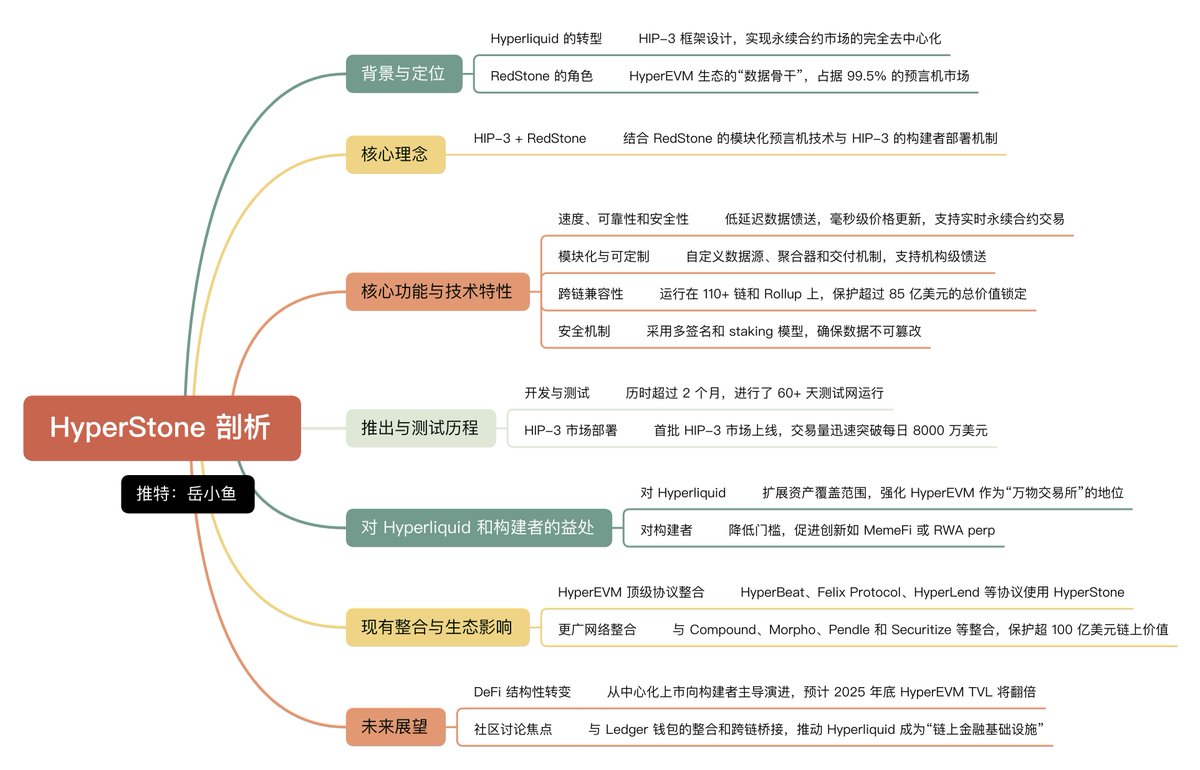The SEC Tightens Its Tone on Cryptos While Congress Is Divided
Since the arrival of Paul S. Atkins at the head of the SEC, the crypto industry hoped for a gentle turn. Gone is the Gensler steamroller, giving way to an era of listening, approved ETFs, and more flexible regulation. The crypto market had already popped the champagne. But Atkins’ speech in Philadelphia cooled down the excitement. One page seems turned, yes. But not the one we thought. Atkins has no intention of letting up. This change of tone is above all a refocusing of the regulator on clarity… not leniency.

In Brief
- Atkins distinguishes four types of tokens: tools, collectibles, utilities, and regulated securities.
- The SEC considers that some tokens are no longer securities once the promises have ended.
- Congress is discussing a vague bill on crypto regulation, with no concrete agreement to date.
- Crypto projects are considering exile due to ongoing legal uncertainty in the United States.
Token, Not Token: When the SEC Pulls Out the Regulatory Calculator
Appointed last April , Paul Atkins did not announce a revolution, but a spring cleaning of regulation. Ambiguity is over. The SEC now wants to classify crypto assets by categories. A “token taxonomy” is underway. Objective? To distinguish investments from simple uses.
In his November 12 speech , the SEC chairman decided:
I believe that most crypto tokens traded today are not securities in themselves. Of course, it is possible that a particular token was sold as part of an investment contract during a securities offering.
The message is clear: it’s not the object that matters, but the initial commitment. Once the promises are fulfilled (or forgotten), the token may cease to be a security. An idea that could revolutionize the perception of projects like Ethereum or Solana, whose tokens have become autonomous.
The SEC thus introduces four major families: “digital tools,” “collectibles,” “utilities,” and finally “tokenized securities” — the latter remaining under strict monitoring. But for the others, it will depend on the context. This is where ambiguity can become judge again.
A Breath-Holding Congress: The Crypto Market Between Debates and Deadlocks
While the SEC clarifies its position, Congress is bogged down. The bill on the structure of crypto markets is under debate, and the corridors of Capitol Hill echo with questions rather than answers. Who should supervise what: the SEC or the CFTC? Where does one’s jurisdiction end and the other’s begin?
In the midst of government paralysis, Senate Republicans published a draft bill. A still vague draft that leaves some market players skeptical. Paul Atkins himself took a stand:
Our goal is not to expand the SEC’s jurisdiction for fun, but to enable capital formation to thrive while ensuring investor protection.
The crypto industry watches this legislative cacophony with concern. Without clear coordination between regulators, entrepreneurs proceed blindly. Even exchange platforms hesitate to innovate on American soil.
Crypto in Exile: When Regulatory Uncertainty Drives Exodus
An uncertain climate attracts neither capital nor ideas. While the SEC adjusts its compass, many crypto projects choose exile. Where rules are clear, even demanding, trust follows. Singapore, Dubai, Paris are becoming the new playgrounds for crypto tech. The United States risks becoming a secondary stopover.
The “Project Crypto” initiative launched by the SEC aims to stop this flight. Exemptions are under study. Atkins also mentions the idea of hybrid platforms, “super-apps” grouping securities and tokens. But nothing is ready. And the market is not waiting.
Some milestones to better follow:
- November 12, 2025: date of Atkins’ official speech in Philadelphia;
- The SEC now distinguishes 4 types of tokens according to their use;
- A version of the Market Structure Bill has been circulating since early November in the Senate;
- Over 100 consultation meetings have been held by the SEC;
- Several crypto projects mention leaving for abroad due to lack of clarity in the USA.
Another thunderbolt could come from the Commodity Futures Trading Commission (CFTC): after the failed candidacy of Brian Quintenz, the government has proposed Michael Selig , a pro-crypto lawyer, for the agency’s chairmanship. A nomination that could reshuffle the American crypto market cards and shift the balance of power between regulators.
Disclaimer: The content of this article solely reflects the author's opinion and does not represent the platform in any capacity. This article is not intended to serve as a reference for making investment decisions.
You may also like
Leading DEXs on Base and OP will merge and expand deployment to Arc and Ethereum
Uniswap's new proposal reduces LP earnings, while Aero integrates LPs into the entire protocol's cash flow.

The Future of Hyperliquid: HIP-3 and HyperStone
The future of Hyperliquid lies in HIP-3, and the foundation of HIP-3 is HyperStone.

A New Era of Token Financing: A Milestone for Compliant Fundraising in the United States
Asset issuance in the crypto industry is entering a new era of compliance.

Circle, the First Stablecoin Stock, Releases Q3 Financial Report: What Are the Highlights?
By the end of the third quarter, the circulating supply of USDC reached $73.7 billion, representing a year-on-year increase of 108%.

